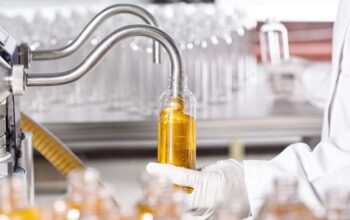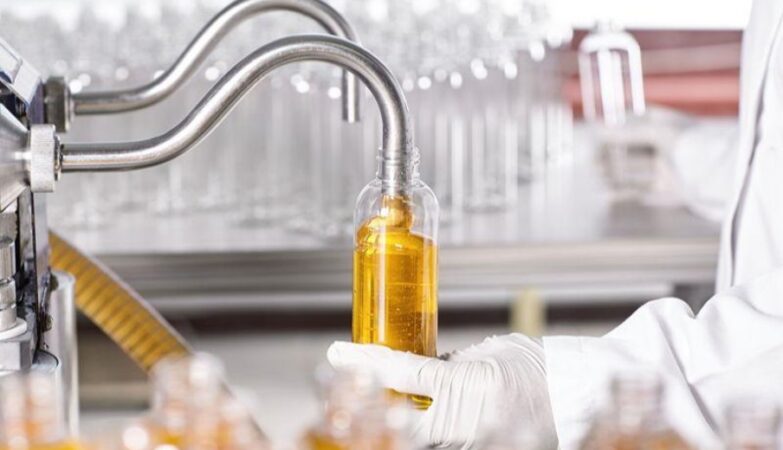Solvent recovery systems are crucial in numerous industrial processes, providing an efficient means to reclaim and reuse solvents. These systems go beyond mere contribution for better cost savings. It also promotes environmental sustainability by reducing waste. Understanding the different forms of solvent recovery equipment available can help businesses select the best solutions for their specific needs.
Distillation Units
Distillation units are among the most commonly used solvent recovery equipment. They operate on the principle of boiling and condensing solvents to separate them from contaminants. These units are highly effective for purifying solvents and can handle a wide range of volumes.
Distillation units come in various forms, including batch and continuous systems. Batch distillation is suitable for smaller operations, offering flexibility and ease of operation. Continuous distillation, on the other hand, is ideal for larger-scale processes, providing a constant output of purified solvent.
One of the key advantages of distillation units is their ability to achieve high purity levels. This makes them indispensable in industries where solvent quality is critical, such as pharmaceuticals and fine chemicals. Additionally, modern distillation units are designed to be energy-efficient, further enhancing their appeal.
Membrane Separation Systems
Membrane separation systems represent a cutting-edge approach to solvent recovery. These systems use semi-permeable membranes to separate solvents from impurities. The process involves applying pressure to force the solvent through the membrane, leaving contaminants behind.
Membrane separation systems offer several benefits, including high efficiency and the ability to handle heat-sensitive solvents. This makes them suitable for industries such as food processing and biotechnology, where maintaining solvent integrity is paramount.
Another advantage of membrane separation systems is their scalability. They can be customised to suit various operational scales, from small laboratories to large industrial plants. Furthermore, these systems typically have lower energy requirements compared to traditional distillation units, contributing to overall cost savings.
ALSO READ: A Comprehensive Guide to Nanofiltration Membranes
Adsorption Systems
Adsorption systems are another type of solvent recovery equipment, utilising adsorbent materials to capture and remove solvents from a mixture. Common adsorbents include activated carbon and zeolites, which have a high affinity for organic solvents.
These systems are particularly effective for recovering solvents from dilute solutions. Adsorption systems can operate at ambient temperatures, making them suitable for temperature-sensitive applications. They are widely used in industries such as petrochemicals and environmental remediation.
One of the significant benefits of adsorption systems is their simplicity and ease of maintenance. They require minimal operational oversight, making them a cost-effective option for many businesses. Additionally, the adsorbent materials used can often be regenerated and reused, further enhancing the sustainability of the process.
Cryogenic Condensation
A cryogenic condensation is a specialised form of solvent recovery system that utilises extremely low temperatures to condense and recover solvents from vapours. This method is particularly effective for solvents with low boiling points or those that are difficult to capture using conventional methods.
The process involves cooling the solvent vapours to cryogenic temperatures, causing them to condense into a liquid form that can be easily collected. Cryogenic condensation systems are highly efficient and can achieve near-complete solvent recovery, making them ideal for high-value solvents.
Industries such as electronics manufacturing and speciality chemicals often rely on cryogenic condensation due to their ability to handle a wide range of solvents. Despite the higher initial investment, the efficiency and effectiveness of these systems often result in significant long-term savings.
Hybrid Systems
Hybrid systems combine multiple solvent recovery technologies to optimise performance and efficiency. By integrating methods such as distillation, membrane separation, and adsorption, hybrid systems can address the limitations of individual technologies and provide a more comprehensive solution.
These systems are designed to maximise solvent recovery while minimising energy consumption and operational costs. Hybrid systems are particularly beneficial for complex processes involving multiple solvents or varying contamination levels.
Industries with diverse solvent recovery needs, such as pharmaceuticals and chemical manufacturing, often turn to hybrid systems for their flexibility and effectiveness. The ability to tailor these systems to specific requirements makes them a valuable asset in achieving sustainable and efficient operations.
Conclusion
Solvent recovery systems play a pivotal role in enhancing the efficiency and sustainability of industrial processes. By understanding the various types of solvent recovery equipment available—distillation units, membrane separation systems, adsorption systems, cryogenic condensation, and hybrid systems—businesses can make informed decisions to meet their specific needs. Each system offers unique benefits, from energy efficiency to high purity levels, making solvent recovery a critical component of modern industrial operations.
For expert guidance on selecting the ideal solvent recovery system, contact SepPure. Enhance your operational efficiency and sustainability with our cutting-edge solutions.








